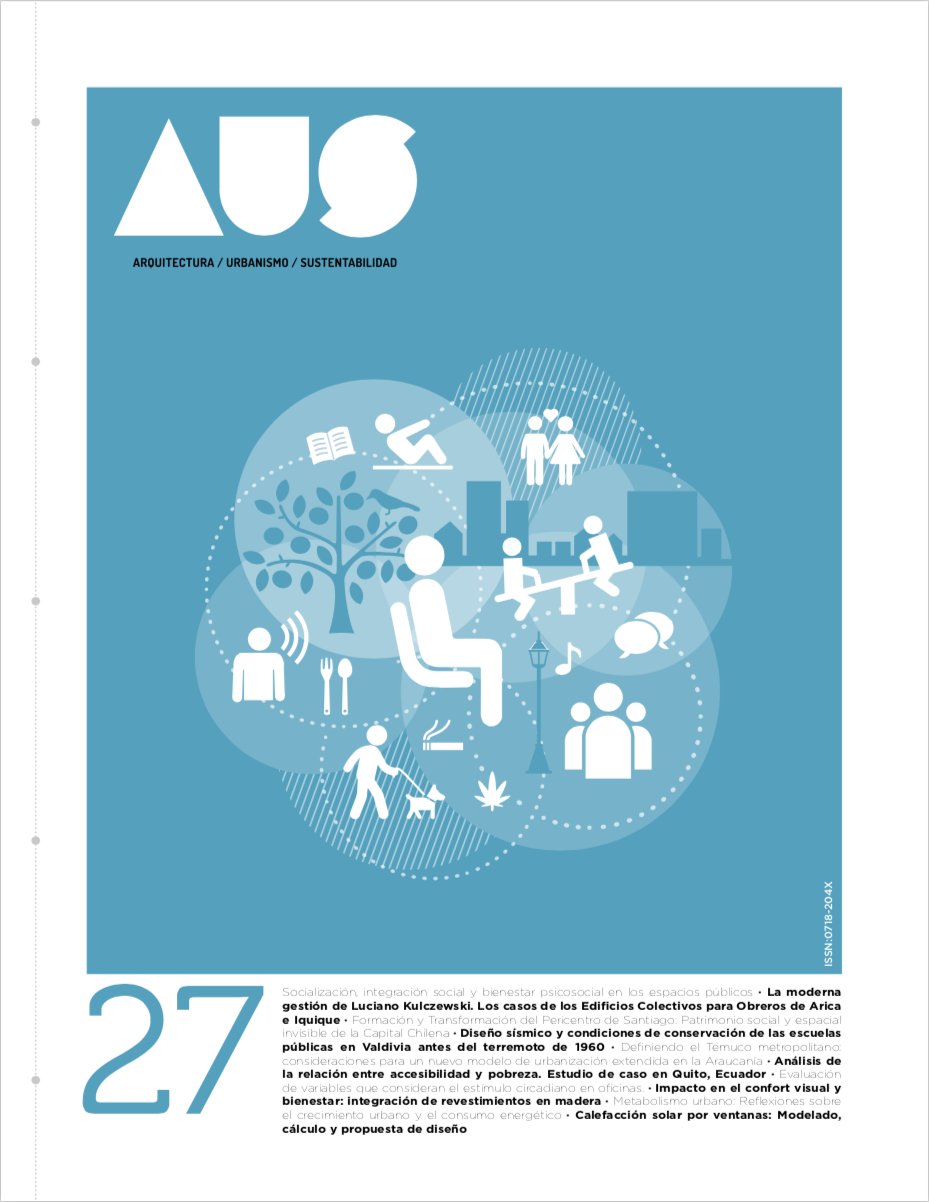Establishment and transformation of Santiago’s outskirts: Invisible social and spatial heritage of Chile’s capital city.
Main Article Content
Abstract
As an intermediate urban space between downtown and the suburbs, the establishment of Santiago’s outskirts is marked by the gradual transformation of its urban fabric based on different proposals aimed at addressing the issue of massive housing needs throughout the 20th century. Starting from the densification of the traditional square to its inner openness
and the subsequent final breakdown of its structure, to the rationalization of the urban pattern by projecting large residential extensions, this article deals with the morphological transformation of the outskirts in Chile’s capital city. The proposed goal is to ultimately prove that, beyond architecture, its urban fabric is currently a spatial and social heritage, both based on the setup of its pattern and on the history and lifestyles of its inhabitants, resulting from the struggle to access urban housing.

